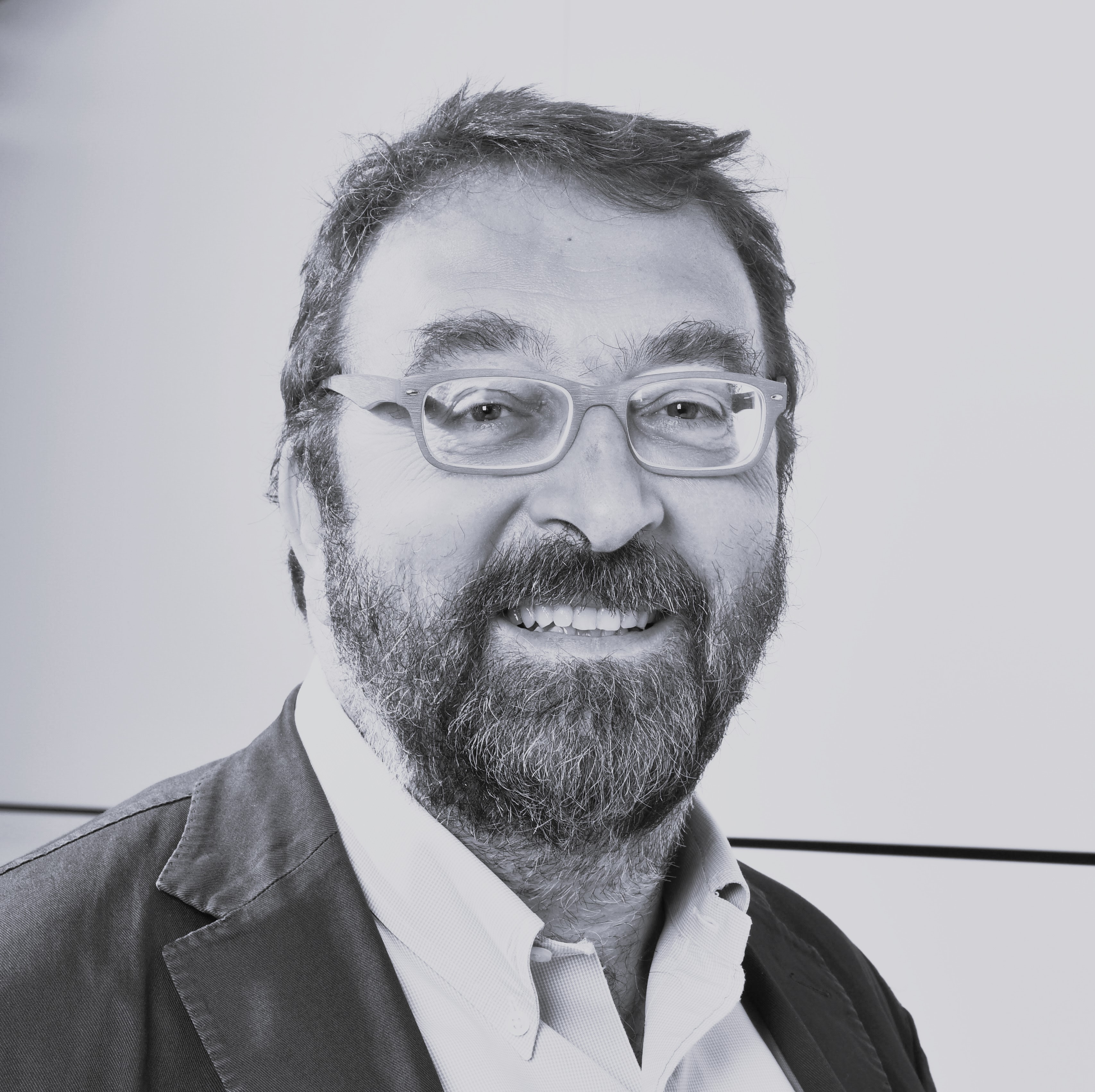Let us start with Mother!, the new film from visionary director Darren Aronofsky (Black Swan, Noah) with Jennifer Lawrence, Javier Bardem, Michelle Pfeiffer and Ed Harris. Undoubtedly, an imperfect movie, provoking unease and strong reactions in the viewer, that people can love or hate. It tells the story of a family: Javier Bardem, a writer looking for inspiration, and his wife Jennifer Lawrence. They live in an isolated house and slowly slowly, but more and more often, unknown visitors start arriving to their house. While Javier tolerates them, his wife sees them as invaders, aggressive and full of shortcomings. Lawrence, the “mother,” is the generative principle, identifying with the very house (rotting away while she suffers), ready to welcome life but also the ultimate victim of suffering caused by others. In a sense, our Earth is the mother and the house, the point of view we identify with, with its evolution and destruction caused by human.
Aronofsky – deeply committed to defending the environment – talking about Mother! said, “we all know that what happens in Asia influences the USA or Europe. Ecological disasters are often caused by humans. It all comes down to a house, this is our home. When you throw away something, even a small thing, you don’t know where it will end up. This is also a film on the environment surrounding us, on what we do and how we treat it and about our relationship with it.”
Another important film was presented in Venice dealing with – in a lighter note but still slightly distressing – the issue of sustainability.
We are referring to Downsizing, the latest work by director Alexander Payne (Sideways, Nebraska) with Matt Damon, Kristen Wiig and Christoph Waltz. The idea at the core of the story – definitely odd but brilliant – is that in a near future the invention of a revolutionary technology – created to tackle what is perceived as an unsustainable growth of the human population and excessive exploitation of non-renewable resources – will enable us to reduce the size of living cells (people, plants and animals) to tiny little particles. A discovery that will pave the way to our ability to “become small,” 13 cm in height, thus giving us the choice to live in a special and protected miniature universe. For many reasons: some driven by a “noble” ecological reason, that is drastically reducing their impact on the environment. Others by economic and existential reasons: by miniaturizing, the assets accumulated in the “big” world will multiply exponentially enabling them to live in the lap of luxury. This – a clear metaphor of the gradual impoverishment and languishing of the then flourishing American middle class – is the reason why the two main characters decide to downsize. By deciding to go to live in the “microcommunity” of Leisure Land, their savings, $150,000 accumulated during a life of sacrifices, become $12 million.
Obviously, without wanting to spoil the film, this wonderful opulent “minuscule” life will reveal a series of dark sides that will put the two unaware protagonists through the wringer. In their utopic village – strikingly alike The Truman Show’s distressing suburbs – they soon discover – albeit to different levels – that problems and human nature never change that much. An entertaining film talking to our innermost feelings and showing us a glimpse through which we can understand the difficult world we live in. A world where everybody knows that “we cannot carry on with business as usual,” where everyone understands that the welfare – be it real or fictitious – we are used to sooner or later (probably sooner than later) will end up in a general disaster.
So, since we live in world where miniaturization is not possible, we’d better deal with this reality before much more serious consequences than those we can already observe will occur.



